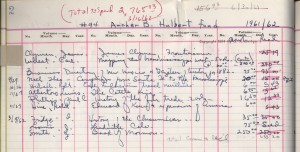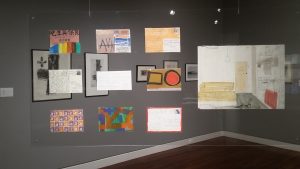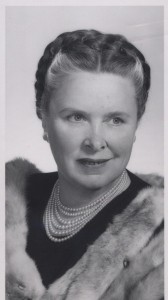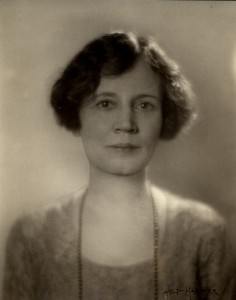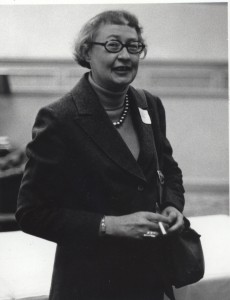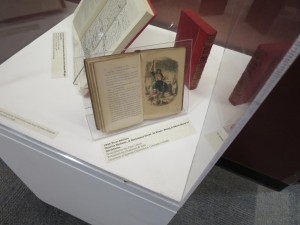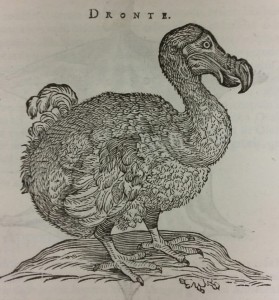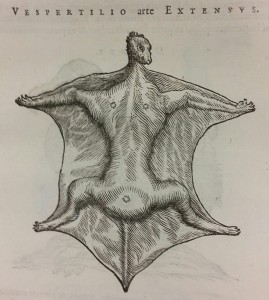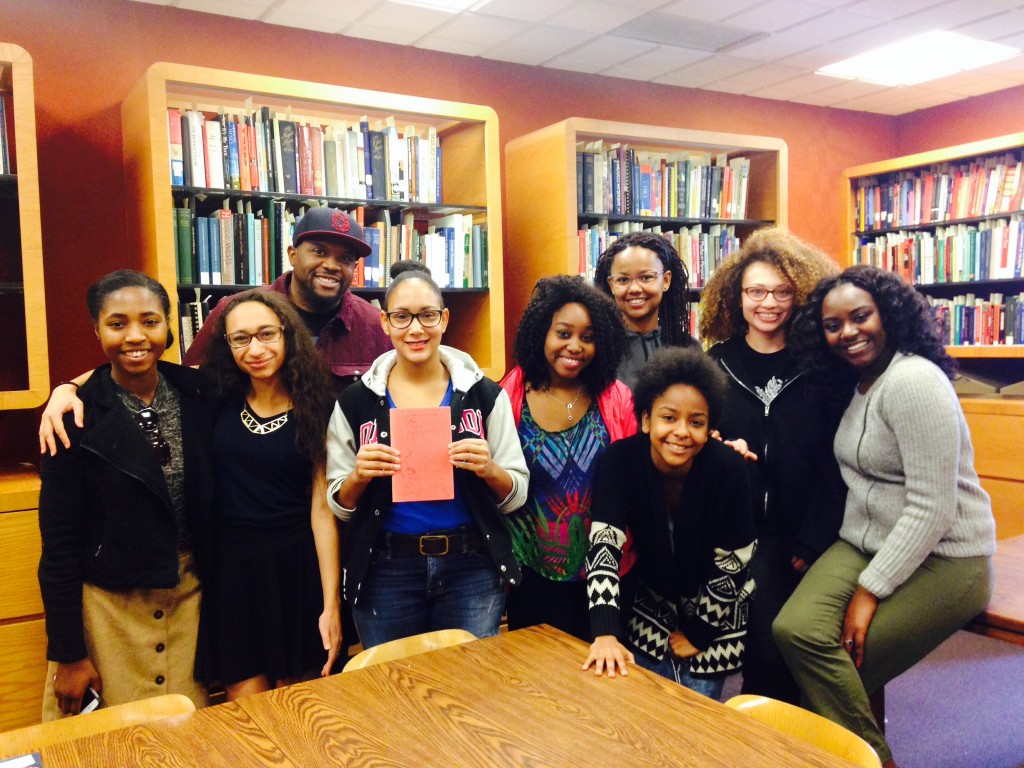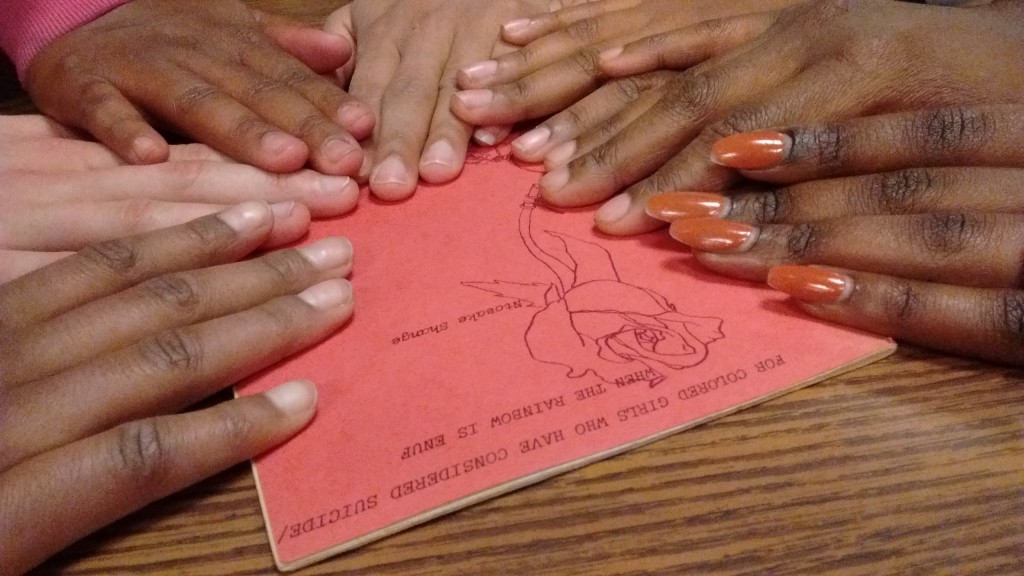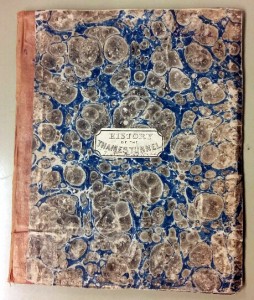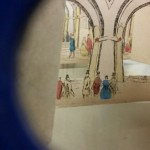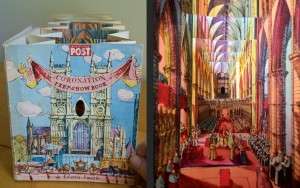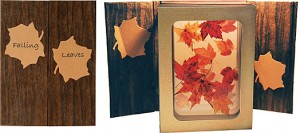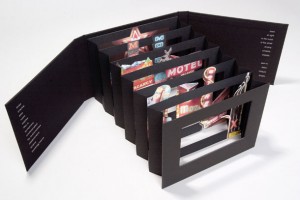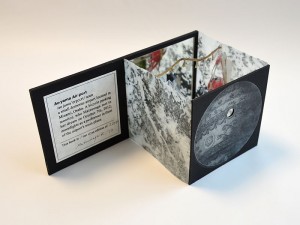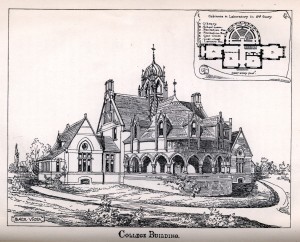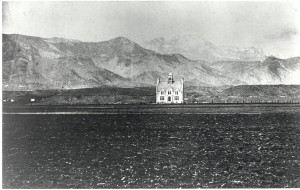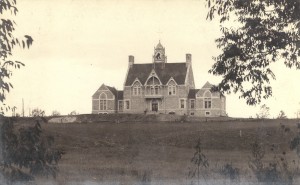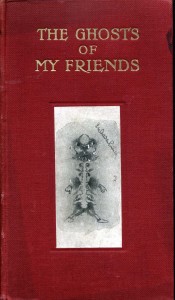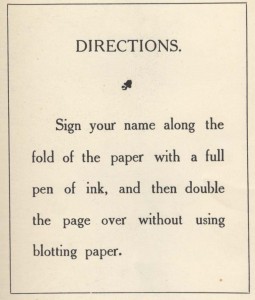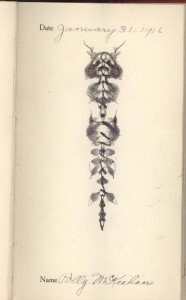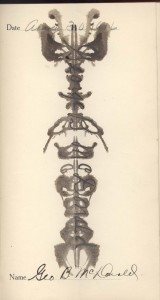 No one had requested our copy of the first edition of The Book of Mormon in at least fifteen years, but that all changed last month. First one request, then another, and then eighty Mormon visitors in one day, broken up into four groups in order not to overcrowd the reading room.
No one had requested our copy of the first edition of The Book of Mormon in at least fifteen years, but that all changed last month. First one request, then another, and then eighty Mormon visitors in one day, broken up into four groups in order not to overcrowd the reading room.
The Book of Mormon, the foundational text of the Church of Jesus Christ of Latter-day Saints, was first published in Palmyra, NY in 1830. 5000 copies were printed, of which at least 144 are currently in libraries. 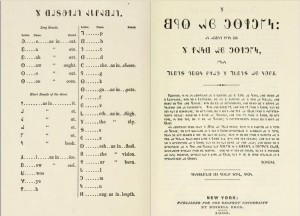 Joseph Smith’s text has been reprinted hundreds of times and translated into many languages and alphabets, including Brigham Young’s Deseret alphabet (one of several alphabets developed to simplify spelling in the 19th century, including one invented by Melvil Dewey, yes, he of the card catalog system).
Joseph Smith’s text has been reprinted hundreds of times and translated into many languages and alphabets, including Brigham Young’s Deseret alphabet (one of several alphabets developed to simplify spelling in the 19th century, including one invented by Melvil Dewey, yes, he of the card catalog system).
The first edition of the book contains a number of typographical errors, including page 487 printed as 48, and, in some copies (not ours), “rumderers” for “murderers” on page 521. (For a full list, see Janet Jenson’s “Variations between Copies.”) [Addendum, January 2016: volunteer JoAnn Hendershot has discovered that the CC copy of The Book of Mormon also has page 212 printed as 122. She went through Jenson’s list and found no other variations in our copy.]
Book values change with the times, and the monetary value of this book has increased exponentially. According to library records, Colorado College purchased our copy for $250 in 1962. It was one of the first purchases made using the Hulbert Fund, honoring Archer Butler Hulbert, CC professor and scholar of the American West. The book is now worth perhaps $100,000. Our copy, however, is not for sale.
